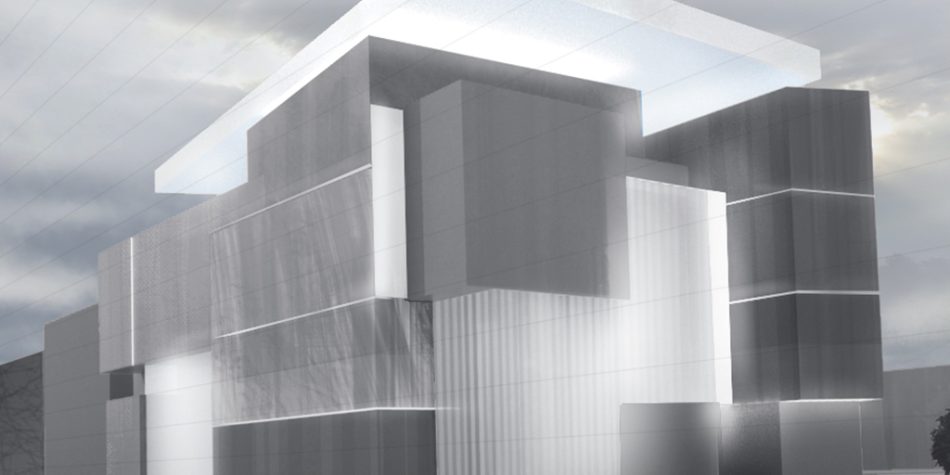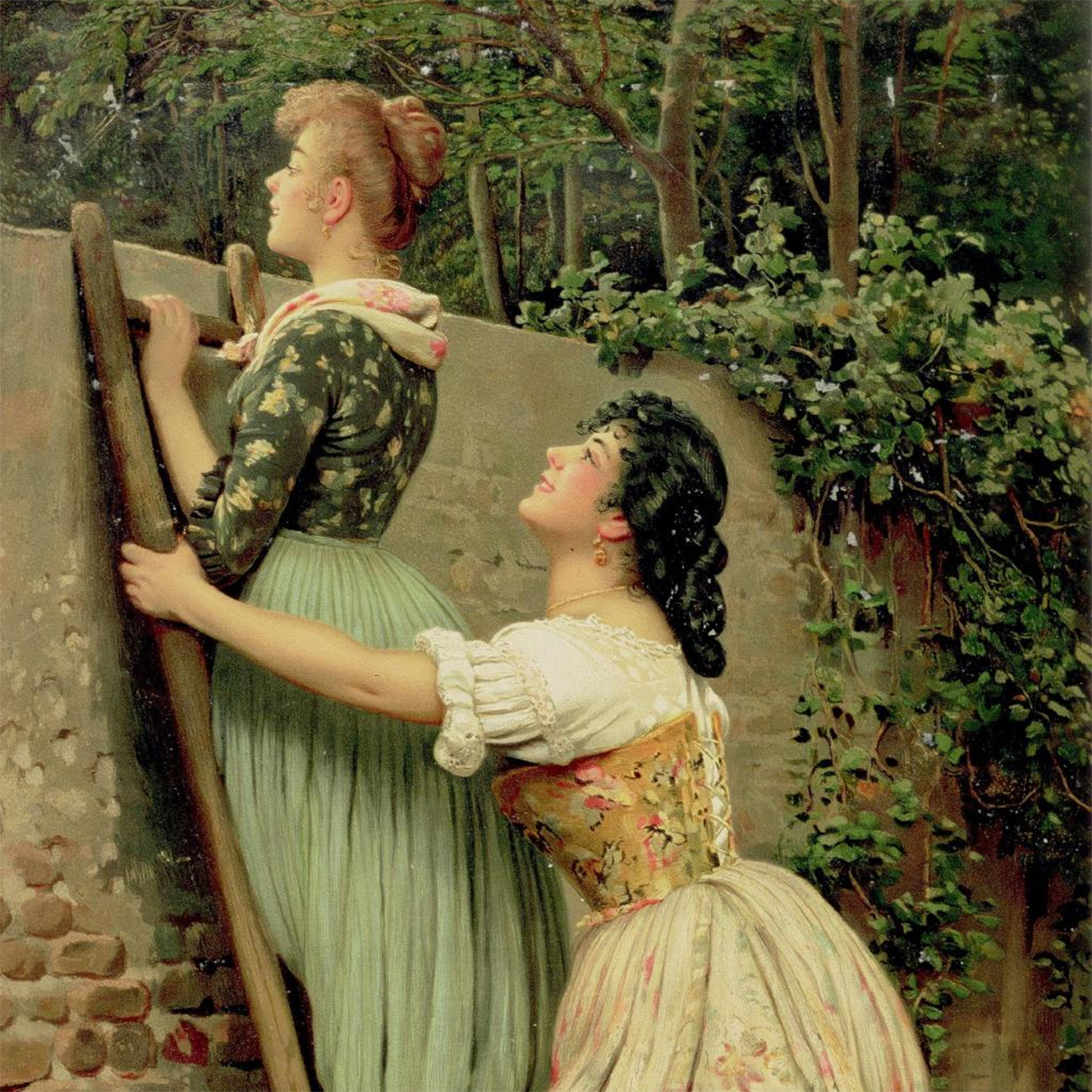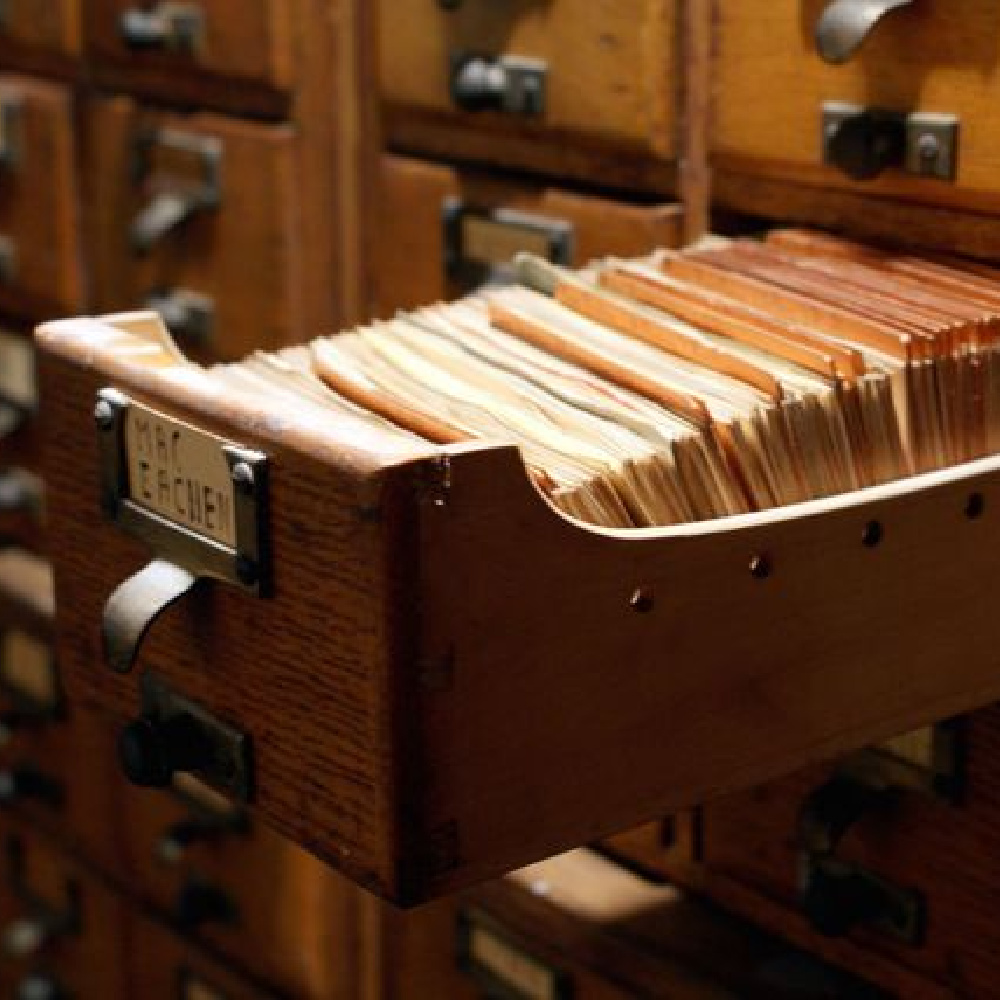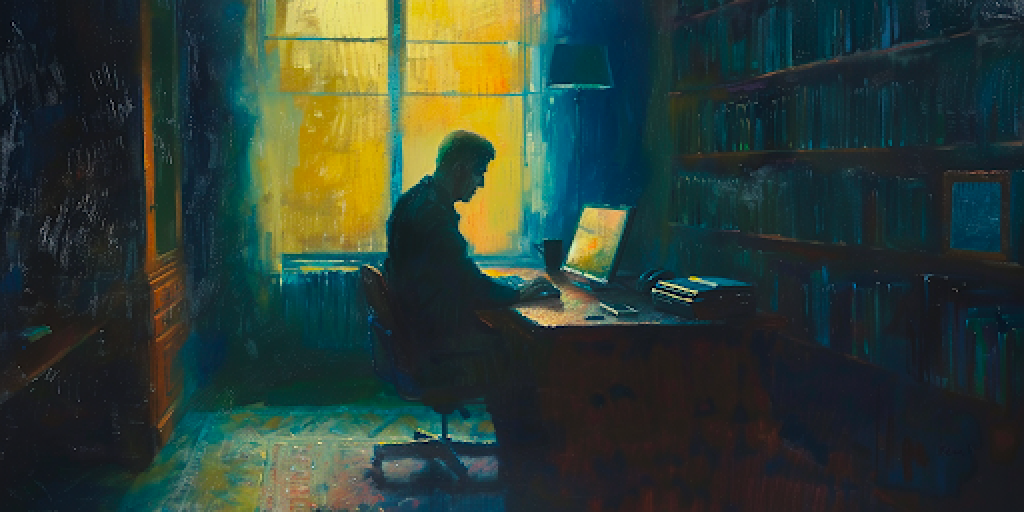From the perspective of the National Museum of American Religion, The Church of Jesus Christ of Latter-day Saints has both a unique and nation-nurturing understanding of religious freedom, an understanding that also seems to be congruous with the rise, codification, and progress of this ideal over its American history. This understanding is manifest in at least two ways, one historical and the other as seen in our present moment as a society.
First, Joseph Smith, the first prophet of The Church of Jesus Christ of Latter-day Saints, stated in 1843, “If it has been demonstrated that I have been willing to die for a ‘Mormon,’ I am bold to declare before Heaven that I am just as ready to die in defending the rights of a Presbyterian, a Baptist, or a good man of any other denomination; for the same principle which would trample upon the rights of the Latter-day Saints would trample upon the rights of the Roman Catholics, or of any other denomination who may be unpopular and too weak to defend themselves.” Historically speaking, this is remarkable.
Second, the Utah State Legislature’s 2015 enactment of the Fairness For All measure, which sought to balance the right of employment and housing with religious rights of belief and behavior regarding human sexuality, is unique. This was the culmination of seven years’ worth of efforts by members of the Utah legislature, civil rights groups, and religious organizations, including The Church of Jesus Christ of Latter-day Saints, to map out a way for all citizens, religious or not, to live in harmony, even with radically different views on what was moral and immoral, in a rapidly shifting cultural climate. After passage, Utah was heavily criticized from the left, which held that the law did not go far enough in protecting LGBTQ rights, and from the right, which believed that it went too far in accommodating, and thus condoning, what they saw as sinful behavior.
Then-Elder Dallin H. Oaks, a former lawyer, law professor, law school president, university president, and member of the Utah Supreme Court, responded to denunciations from both the left and the right with a clear description of why he believed these criticisms had been leveled at legislation intended to bridge the gap between LGBTQ rights and traditional conservative religious beliefs: “The Western democracies are based on religious principles, and people who’ve lost sight of that and who can’t credit the importance of individual religious conscience or the free exercise of what our conscience leads us to believe, they are poorer in understanding our civilization and in understanding people of religious faith.” Members of all faiths will no doubt appreciate what this museum has to offer.
His observation of our collective deficiency in understanding the significance to Western civilization of religion and the freedom that fuels it resonates with the mission of the National Museum of American Religion: to explore what religion has done to America—and what America has done to religion—by telling the stories of religiously motivated individuals, institutions, and movements that have shaped our social, political, economic, and cultural lives from the period before European colonization to the present day. This understanding of the American narrative includes the history of the idea of religious freedom as a governing principle in our noble yet imperfect and fragile experiment in self-government.
Members of all faiths will no doubt appreciate what this museum has to offer. I would also add that, by virtue of their history and current position on the American political and cultural landscape, members of The Church of Jesus Christ of Latter-day Saints will find their past, present, and future squarely within the scope of this upcoming museum’s profound narrative.
The Museum came about through conversations I had with a friend of mine whom I had met at BYU in 1987. Finding ourselves living near each other once again decades later, this time in the Washington, D.C. metropolitan area, we discussed, as many Americans do, what ailed the country and what we could do about it. It was decided to try and figure out how well places of faith were fulfilling the utilitarian vision the Founders had for religion in the new United States: to make people virtuous enough to govern themselves through their “system of future rewards and punishments.” So, we set out to do a pilot project in Loudoun County, calling it “America’s Quilt of Faith,” through which we would survey more than a dozen places of faith. This meant visiting a worship service, interviewing a group of lay members, and then interviewing the pastor or other spiritual leader, asking them questions from the perspective of looking at their place of faith as a necessary incubator of civic virtues. As we collected digital photographs and recordings of the interviews, the idea for the National Museum of American Religion was born—a repository for these living history files.
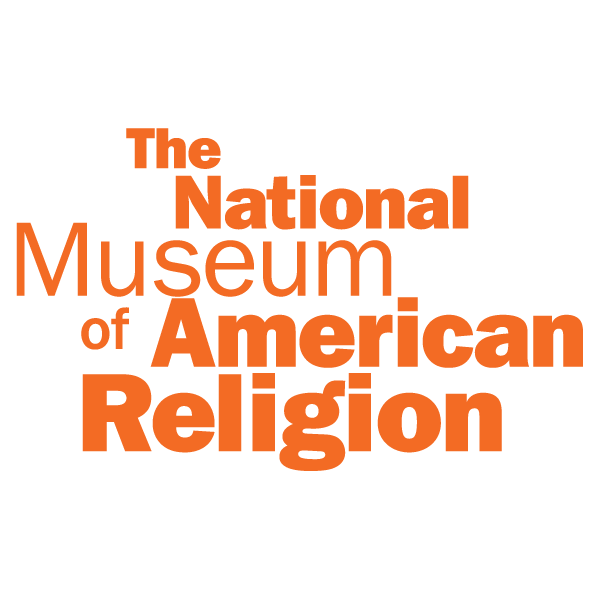
At the same time, we observed that although scholars agreed religion has been one of the central forces—for good and ill—in American history, there was little to no mention of this part of the nation’s story and soul in the wonderful museums of the Smithsonian, or in American middle or high school history classes for that matter. The inescapable and jarring conclusion for us was that Americans do not really understand who they are. And if that is combined with a growing number of citizens who reject organized religion and even see religion as part of the problem rather than the solution to what ails the nation, then it becomes clear that buttressing and preserving religious freedom as found in the Constitution will be difficult if not impossible. In other words, because an understanding of the profound and indispensable roles that both religion and the idea of religious freedom as a governing principle in the United States, perhaps America’s greatest innovation, was being lost to the passage of time, the essence of the American experiment was at risk.
The Museum will mitigate this risk, as the nationally recognized center for presenting, interpreting, and educating the public about the impact of America’s fragile experiment with religious freedom on the United States and the lives of people who have made this country their home. As visitors, physically and online, experience this buried history, our hope is that they will be inspired by the Constitution’s bold commitment to the ideal of religious freedom and they will also be moved to seek its preservation for future generations, no matter their personal religious preferences, whether a stalwart believer within a robust faith tradition, a skeptic, or an atheist. A majority of Americans, believers and non-believers alike, must understand and embrace the ideal of religious liberty.
While we recognize that there are many sectarian and secular institutions that champion religion and religious freedom, their output of legal symposia, sermons, articles, and books is necessary but insufficient. A majority of Americans, believers and non-believers alike, must understand and embrace the ideal of religious liberty embodied by the Constitution in a more tangible way. Here the Museum becomes absolutely necessary, as it speaks to the tourist, the layperson, and the everyday American in overtly visible, accessible ways.
On this journey, many have told us that this or that political party or movement is “no friend” of religion or religious freedom and thus no friend of the Museum. The answer to this contention lies at the heart of what we are trying to do. That is, we will not use the idea of religious freedom, this hallowed principle—“Almighty God hath made the mind free”—to further fracture our nation. The idea of religious freedom is, in its purest sense, a great binding agent because it gives citizens of all religious backgrounds, from atheist to a stalwart believer, an official space to live together in harmony—to make the American experiment in self-government work in an increasingly secular and pluralistic society if they so choose. In this spirit, Republicans and Democrats serve on the Museum’s Board of Directors, and one Republican and one Democrat are the core team in our effort to sponsor a bipartisan Congressional resolution supporting the National Museum of American Religion. This is the way it has to be done, with all Americans as partners, or the experiment fails.
Join us in building the National Museum of American Religion in the nation’s capital, to open in 2026, the 240th anniversary of Thomas Jefferson’s Virginia Statute for Religious Freedom. And help us capture and preserve what is America’s greatest gift to itself and the world.

